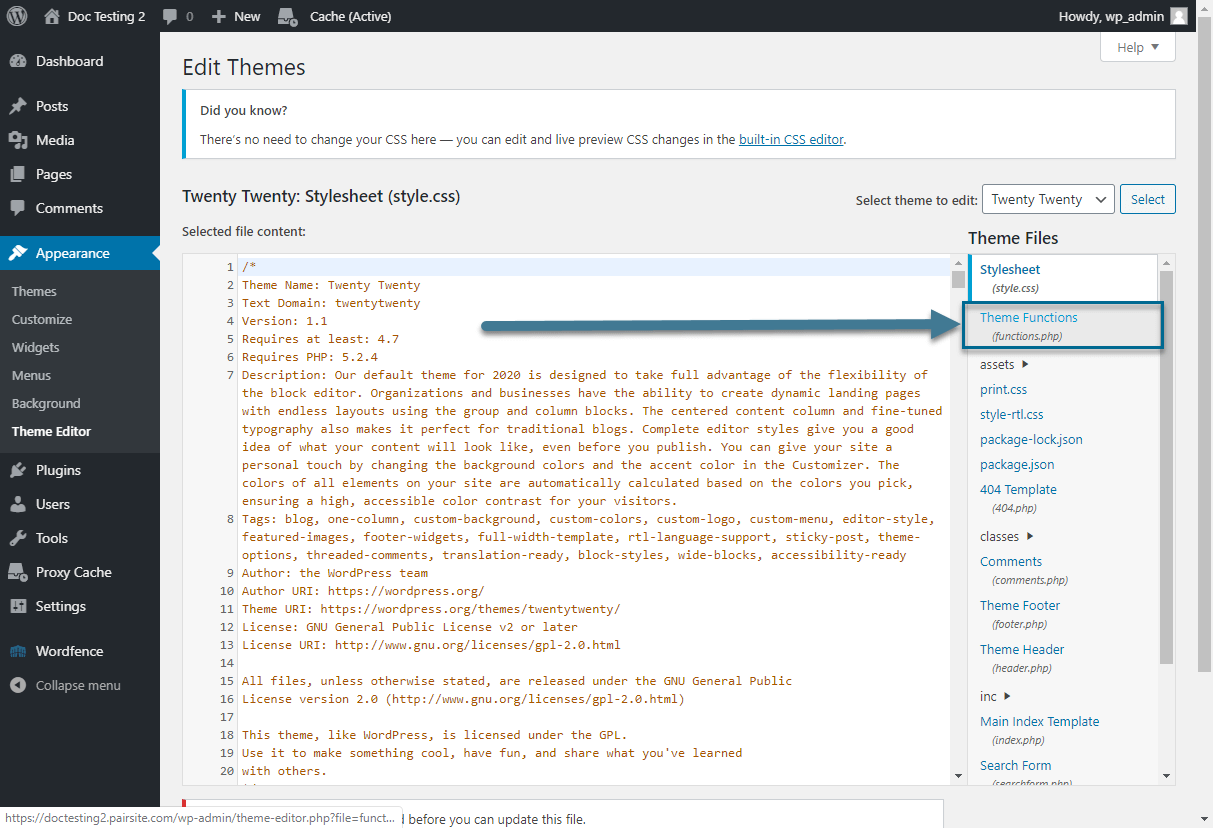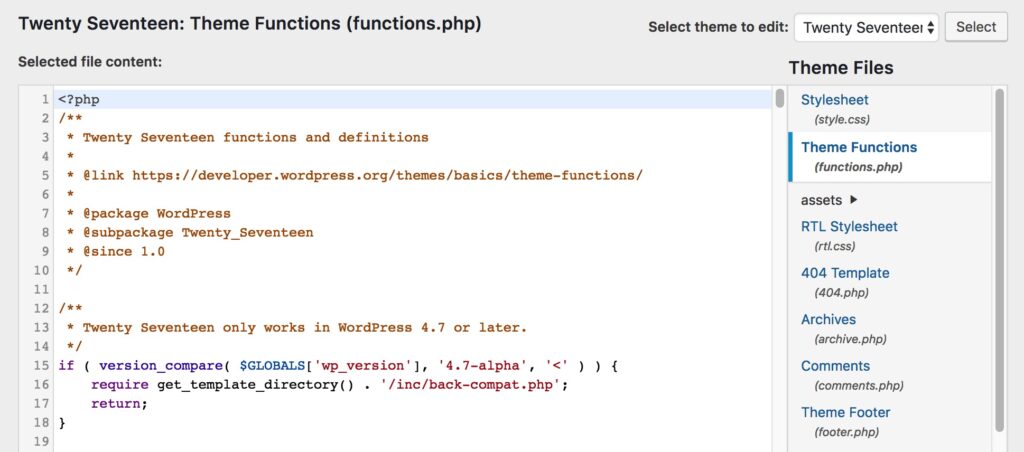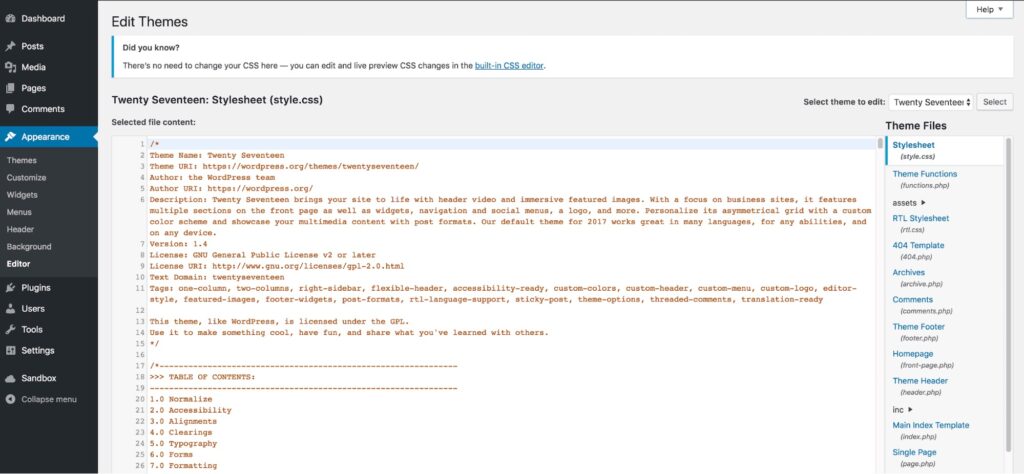The PHP ‘file()’ function is a built-in function that reads the entire file in an array. Each element of the array represents a line in the file that contains a new line.The following is the syntax of the “file()” function.

file(string $module, int $module = 0, resource|null $module = null):array|false

“$flage: The name of the file, which affects the functionality of the functionality. The following constant or combination of the following constant, which is not the FIL_INCLUDE_PARY_PUTH:E_PUTH_E_PUTH(_PUTH_. Use to specify additional options.The file() function returns an array including the line, and each element returns the “files” if the line.This example shows how to use the “file() functionality.

$fileLines = file(.txt’);if ($fileLines!== false) { for each ($fileLinesas$line) {echo $line . “<br>;}}else {echo “일을읽 못에게 보내는데”};}

This example assumes that there is a file named “example.txt” in the same directory as the PHP script. The “file()” function is used to read the entire contents of a file in the “$fileLines” array. Then repeat the array, eco each line and add a new line (<br>) to the HTML output. If the ‘file()’ function fails to read a file, it returns ‘false’ and displays an error message.Note:It is important to handle errors properly when using the “file()” function. To handle a case where the file cannot be read, ensure that the return value is ‘false’.

To the north, de-splash

To the north, de-splash


![[Guinness Book of Records] 185 College Passes and Cornell University Success Story [Guinness Book of Records] 185 College Passes and Cornell University Success Story](https://image.ytn.co.kr/general/jpg/2018/0128/201801281215063434_t.jpg)
